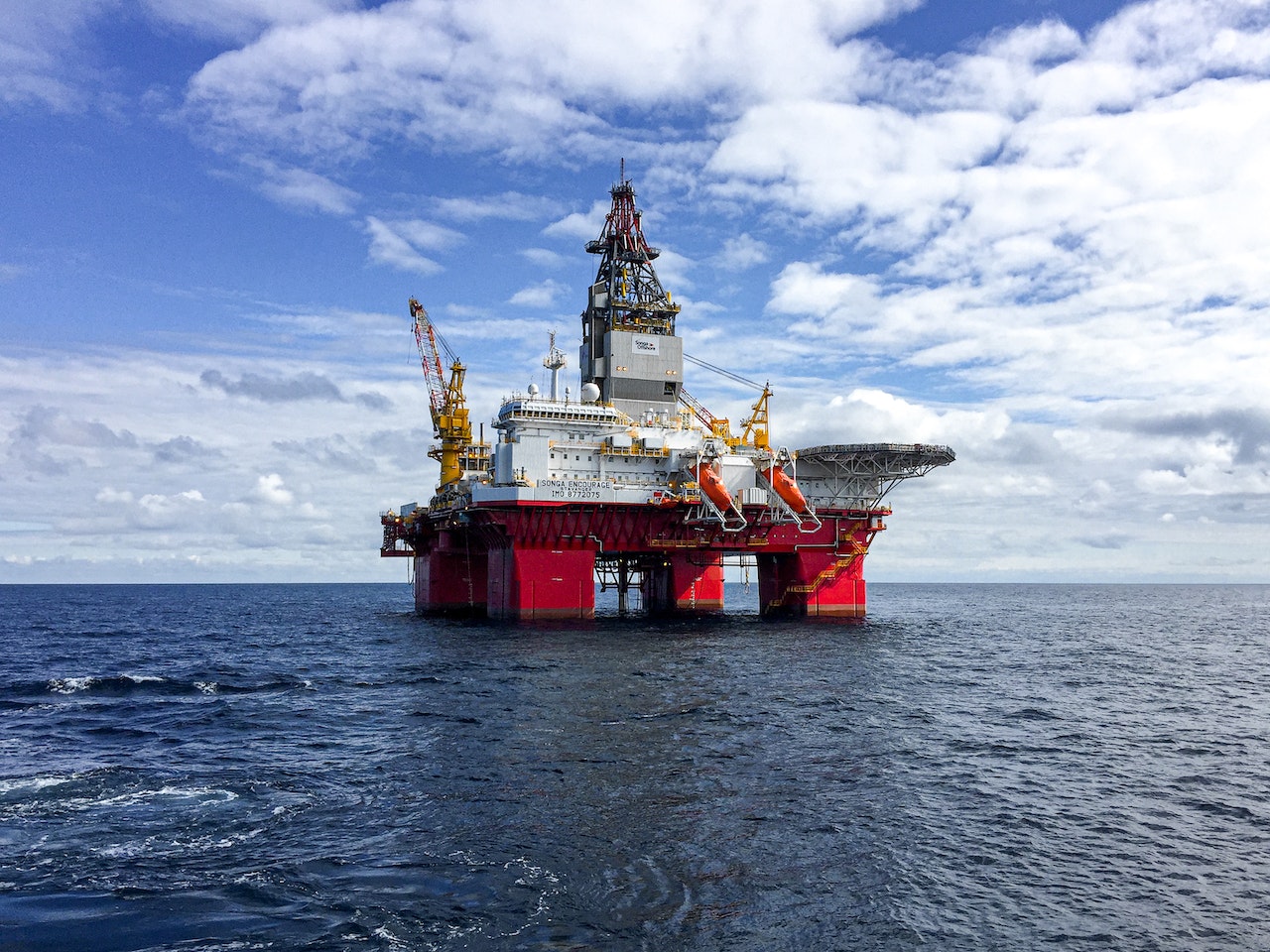Wall Street analysts are fervently predicting that the global crude oil market is on the precipice of a significant milestone, with prices expected to soar to $100 per barrel. This bullish outlook has been underscored by Goldman Sachs, the latest financial services firm to revise its crude oil target for the next 12 months. The primary driver behind this surge is the mounting supply crunch resulting from output cuts imposed by the world’s largest oil producers and their allies, collectively known as OPEC+.
As the energy market brims with anticipation, West Texas Intermediate (WTI) crude oil futures (CL=F) currently hover above the $90 per barrel mark, while Brent crude futures (BZ=F) recently achieved a 10-month intraday high, touching $95.95. These price levels represent an astounding 30% increase over the past three months.
Goldman Sachs, a prominent player in the global financial arena, firmly believes that OPEC+ will be able to sustain prices within the range of $80 to $105 per barrel throughout the year 2024. The mounting pressure on supply arises from the concerted efforts of OPEC+ nations, including unilateral production reductions by Saudi Arabia and export constraints imposed by Russia.
Earlier this week, Citi’s global head of commodities research, Ed Morse, echoed this bullish sentiment, asserting that oil could breach the $100 per barrel threshold, although he anticipates it will remain at that level for only a “short while.” Morse and his team of analysts predict an average price of $84 per barrel in the fourth quarter of 2023, followed by a gradual decline to the low-$70 range in 2024. The anticipated dip in prices is attributed to an expected increase in supply from non-OPEC countries, such as the United States, Canada, and Brazil.
RBC Capital Markets has also entered the fray, acknowledging the possibility of crude oil prices reaching $100 per barrel. Michael Tran and Helima Croft, analysts at RBC, noted in a recent communication to investors that the oil market is evolving into a “momentum-based market,” where short-term fluctuations can become prominent. While they do not consider the $100 per barrel scenario as their base case, they emphasize the importance of respecting market dynamics where prices “overshoot and overcorrect.”
While these predictions have yet to solidify into certainties, they have stirred concerns among consumers and policymakers alike. Should crude oil prices continue their ascent, consumers may soon find themselves grappling with higher gasoline costs and the specter of inflation rippling downstream. Such developments could also pose a formidable challenge to the Federal Reserve’s interest rate policy.
In conclusion, the global crude oil market is currently embroiled in an environment of heightened speculation, as analysts from prominent financial institutions project the possibility of prices breaching the $100 per barrel threshold. Whether this scenario materializes remains to be seen, but one thing is certain: the energy market is teetering on the edge of a significant transformation, with profound implications for the global economy. Only time will reveal the ultimate trajectory of crude oil prices, but analysts are acutely aware of the potential for this momentous milestone in the near future.
Source: Yahoo Finance



